
QANTAS: Huge Airbus order for domestic and international short, medium and ultra long haul fleets
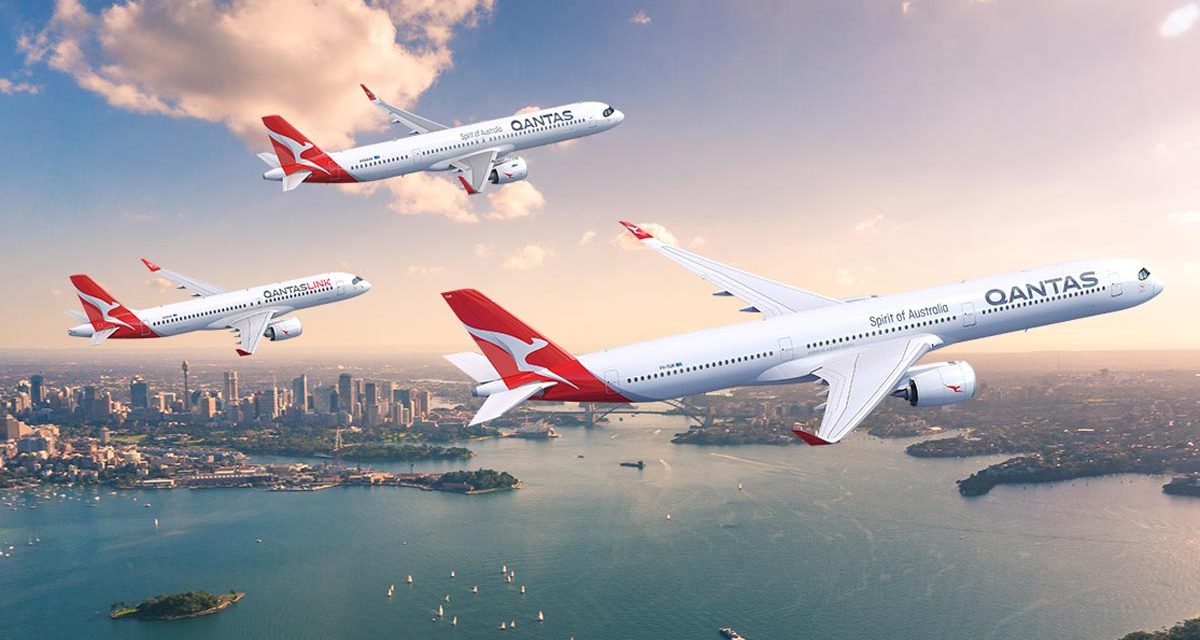
I previously reported on the confirmation of 12 A350-1000 aircraft from Airbus for the Qantas ultra long haul Project Sunrise fleet. Qantas didn’t stop there, they also have placed their order for a renewed domestic fleet starting later in 2023, and for a fleet to service our immediate short and medium-haul international neighbours.
These are major fleet decisions starting later next year, but running through the next decade until the 2030s.
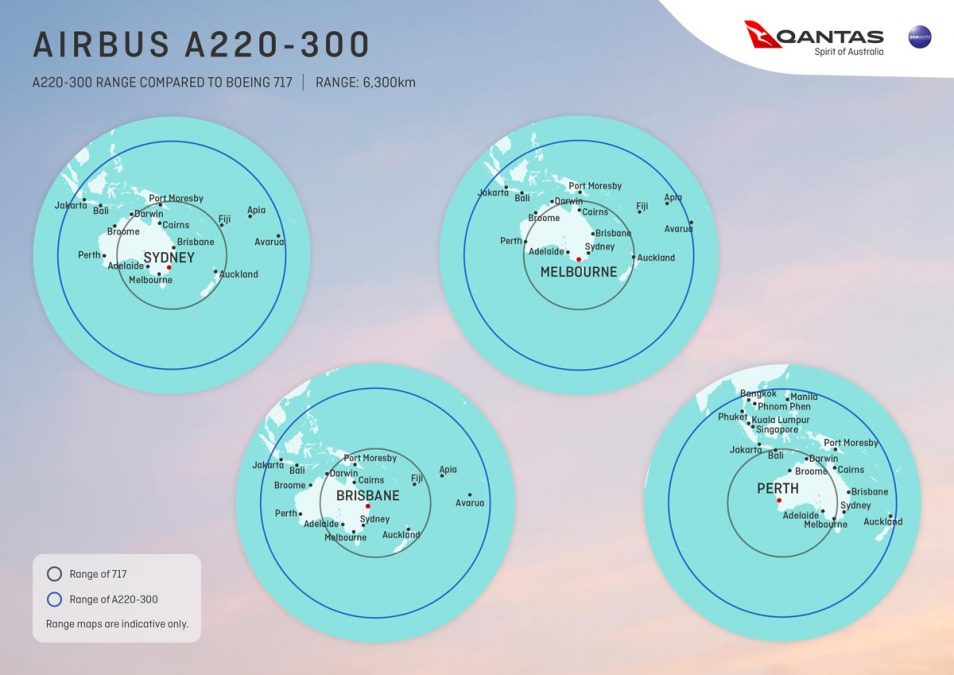
Content of this Post:
The new Fleets:
These orders will refresh and modernise the Qantas fleet making it more fuel-efficient, lowering emissions and providing greater levels of comfort. Qantas is also suggesting it will give it more flexibility in terms of flight choices, increased schedules and more direct routes
- Project Sunrise – A350-1000 x 12 – to fly from the east coast of Australia to New York and London with othe destinations to be added later. Over time these will replace the A380s
- Project Winton – the new domestic fleet starting in late 2023, consisting of 20 x A321XLR and 20 x A220 Aircraft from Airbus, with options for 94 more over the next 10 years. These will gradually replace the domestic fleet of 737s and 717s. The newer planes also have greater capacity: the A321 will have 200 seats (20 business, 180 economy) v 174 in the B737s and the A220 has 137 seats (10 Business, 127 Economy) v 110 (2 Class) or 125 in one class. The A321XLR aircraft has a range of 8,700kms which will allow it to fly to Asia and Pacific destinations. The flight range of the single aisle A220 aircrat is 6000 kilometres, meaining it can fly between any Australian capital city.
“The A320s and A220s will become the backbone of our domestic fleet for the next 20 years, helping to keep this country moving. Their range and economics will make new direct routes possible, including serving regional cities better.
“These newer aircraft and engines will reduce emissions by at least 15 per cent if running on fossil fuels, and significantly better when run on Sustainable Aviation Fuel. This order brings us closer to our commitment to reach net zero emissions by 2050. Project Sunrise will be carbon neutral from day one.Qantas Group CEO Alan Joyce
Collectively the new aircraft will be up to 50% quieter for passengers, burn between 17% and 28% less fuel, have a longer range and capacity, and be economically more efficient for Qantas. Will that mean lower prices for travellers – pull the other one!
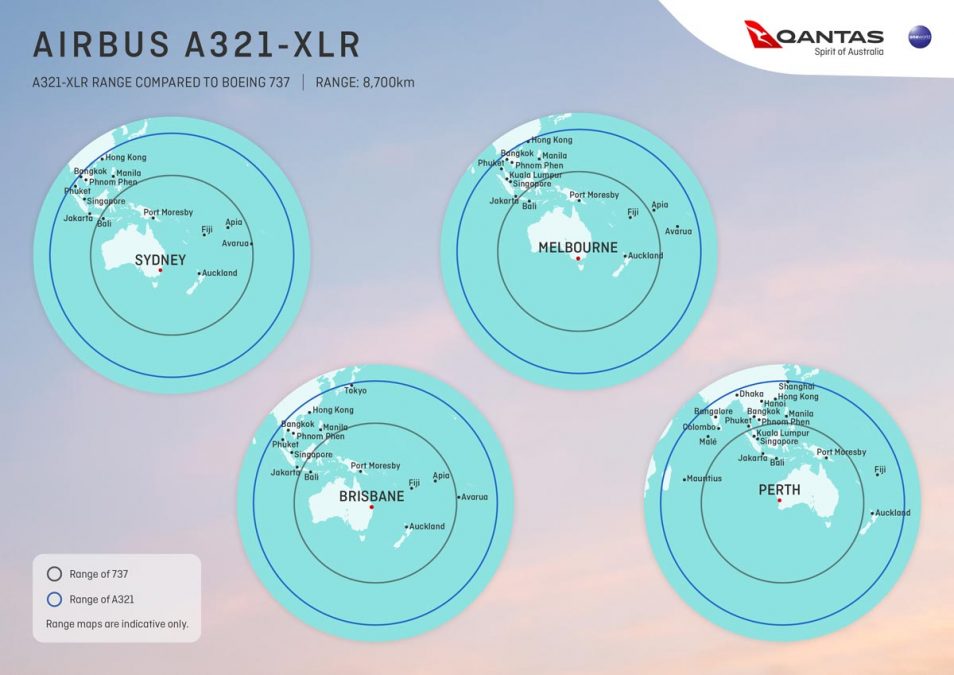
Where are the getting the money from?
Qantas has a very flexible arrangement with Airbus – probably an advantage of being a very large customer and making the biggest order in Australia’s commercial airline history. It also believes it will still be able to cut its current AUY$4.5 billion losses by a billion in FY 2023, and that the funding required for the aircraft purchase is within its borrowing capacity.
“The phasing of this order means it can be funded within our debt range and through earnings, while still leaving room for shareholder returns in line with our financial framework.”
Qantas Group CEO Alan Joyce
Remember that this order combines with the existing order of 109 A320s (plus purchase rights) for Jetstar into a single Qantas Group narrow-body order totalling 299 aircraft (half firm orders and half purchase right options) Qantas has also negotiated flexibility to draw down on that order by choosing any variant from the A320 and A220 families.
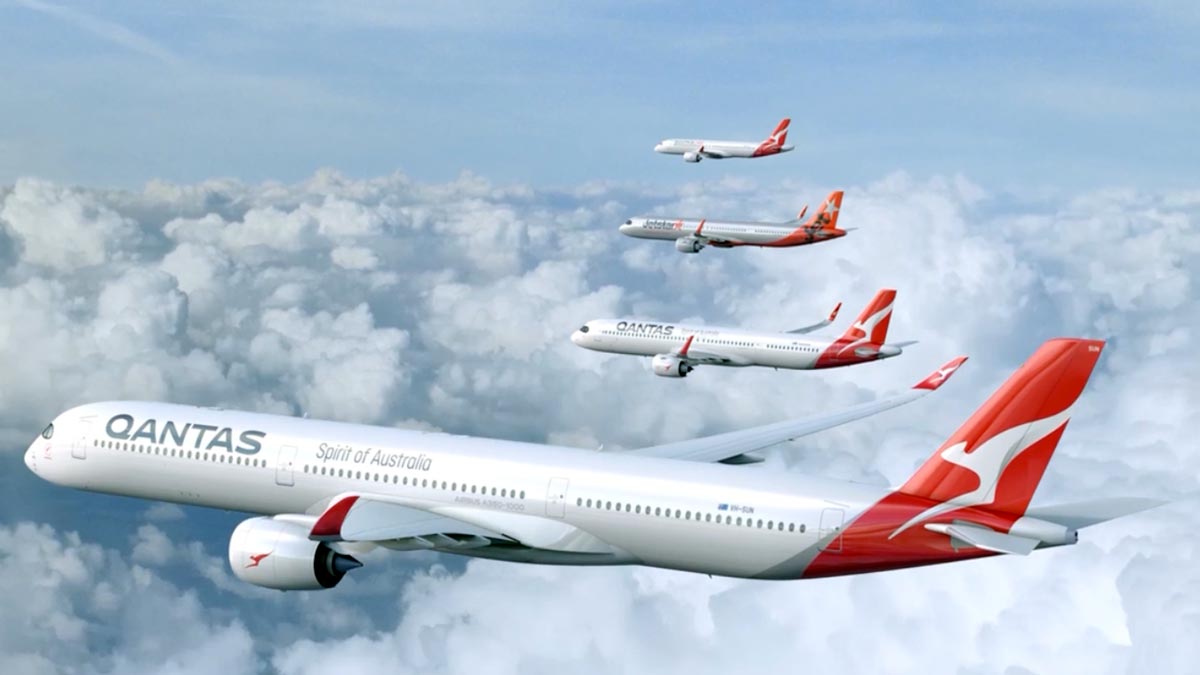
2PAXfly Takeout
This is another timely reminder to wear your seatbelt when seated. Holding you close to your seat will protect you from the sort of injuries sustained on this flight, when unsecured passengers flew to the ceiling of the aircraft, and then came crashing down once the ‘drop’ ceased.
The hope will be that this is an anomaly – a ‘freak accident’ in casual parlance. If it is a systemic error either mechanical or electronic, then this is a larger concern for the airlines that fly Boeing Dreamliner 787 aircraft. Let’s hope it isn’t. If it is, it will pile on the woes to Boeing’s existing stack.
This is exciting and sets the direction for the airline for the near future and its Airbus all the way, pretty much. A more sanguine view would be that Qantas needs to do this to keep its fleet modern and competitive when you pit it against other international airlines and its major domestic competitor Virgin Australia which recently announced its move to 737-800 MAXs for domestic operations.
Get used to single-aisle planes on all domestic, South East Asian and Pacific routes.
My one surprise is their announcement of the First Class product specifics when its implementation is more than 3 years into the future. Most airlines, like to keep us on the hook until much closer to launch.


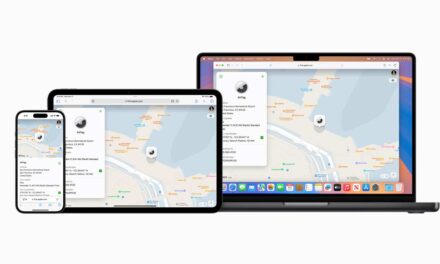



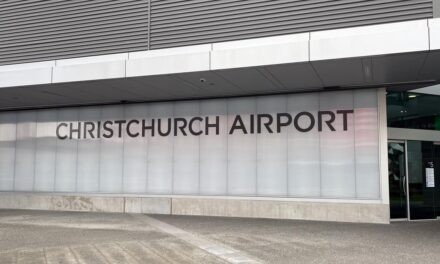

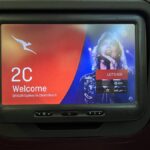


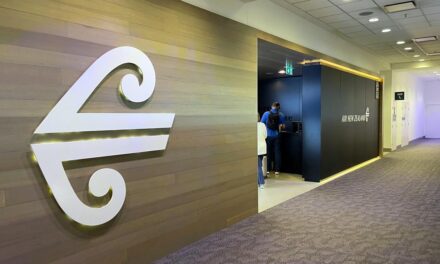
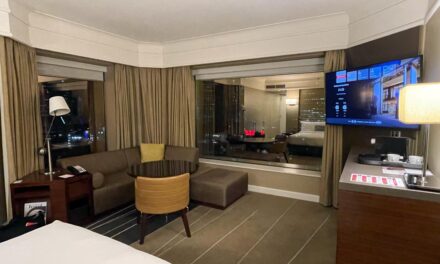
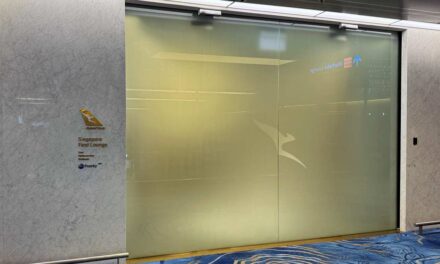
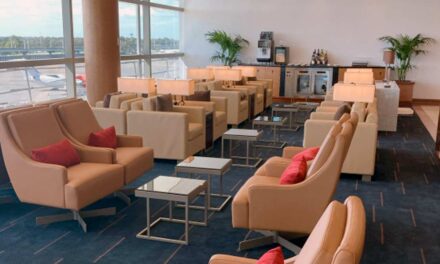


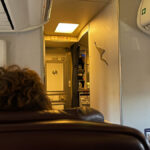

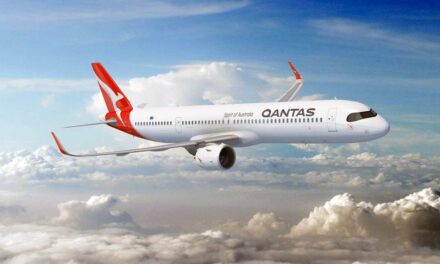


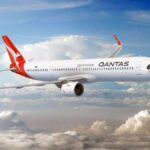




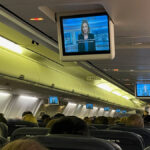
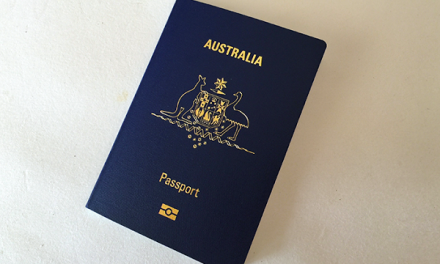

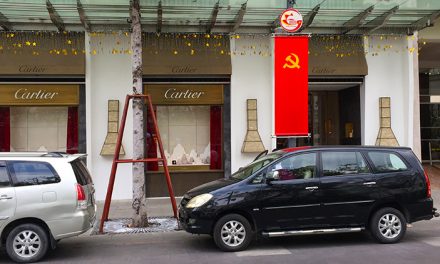
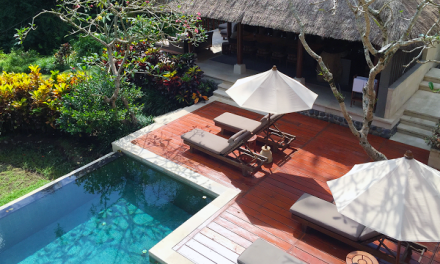




What did you say?